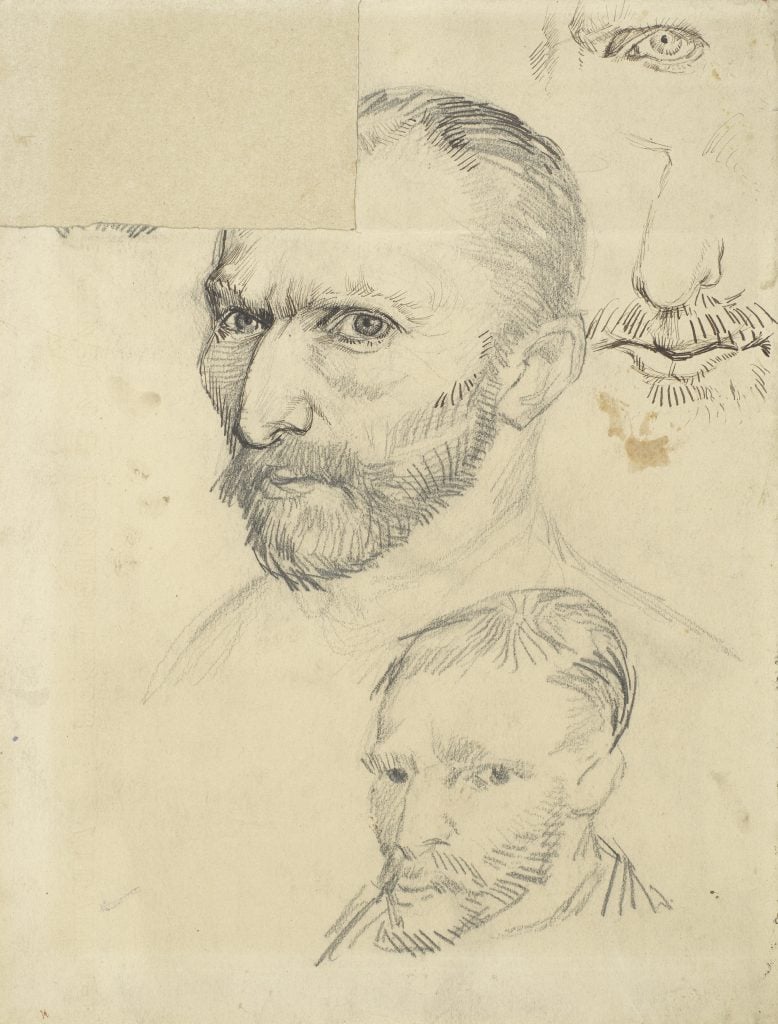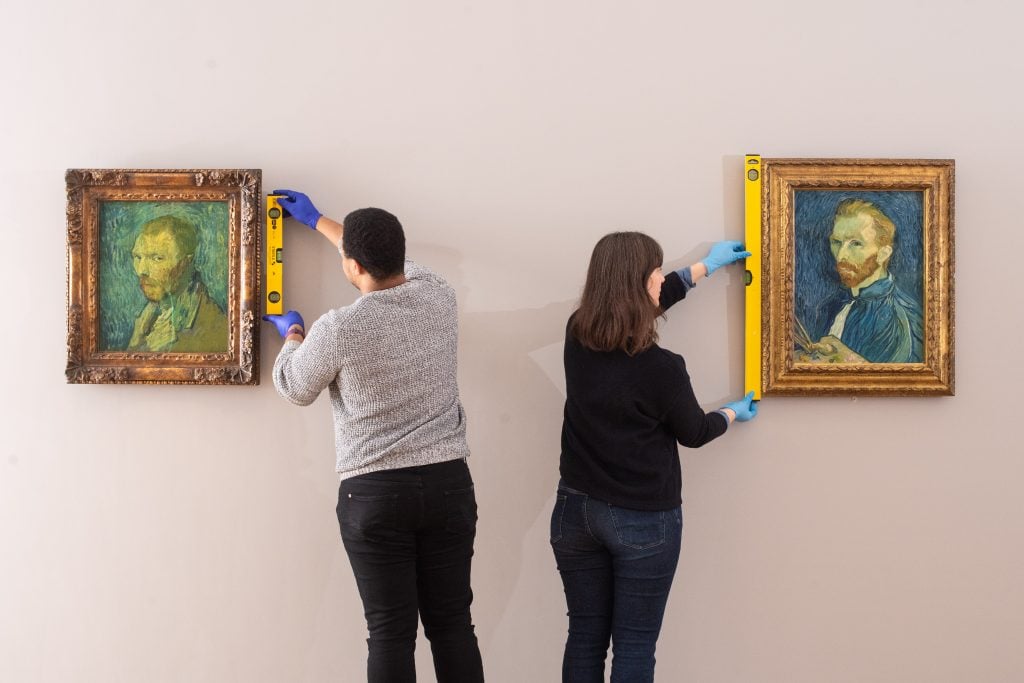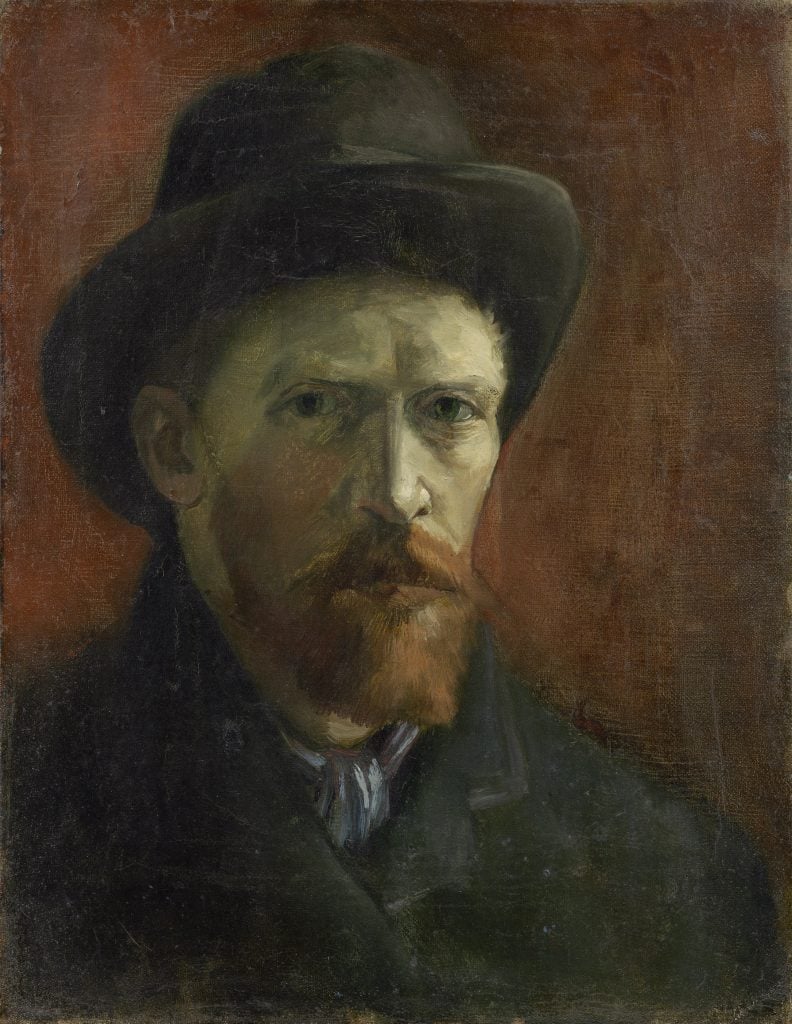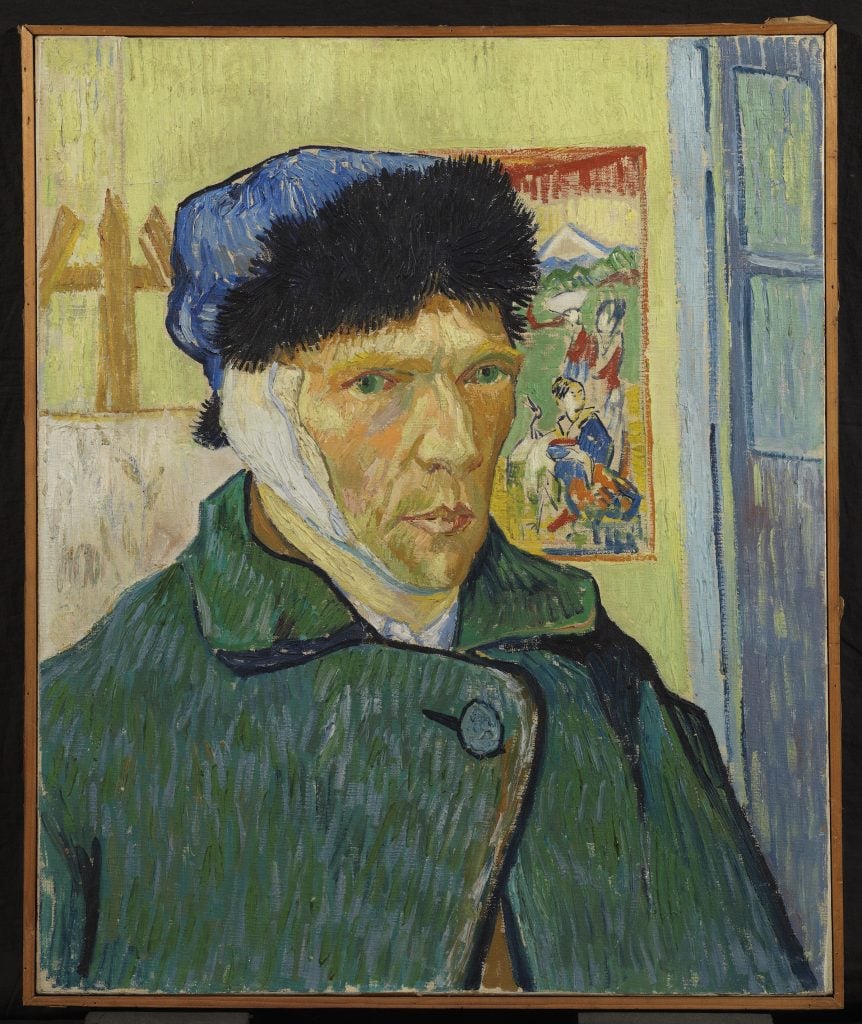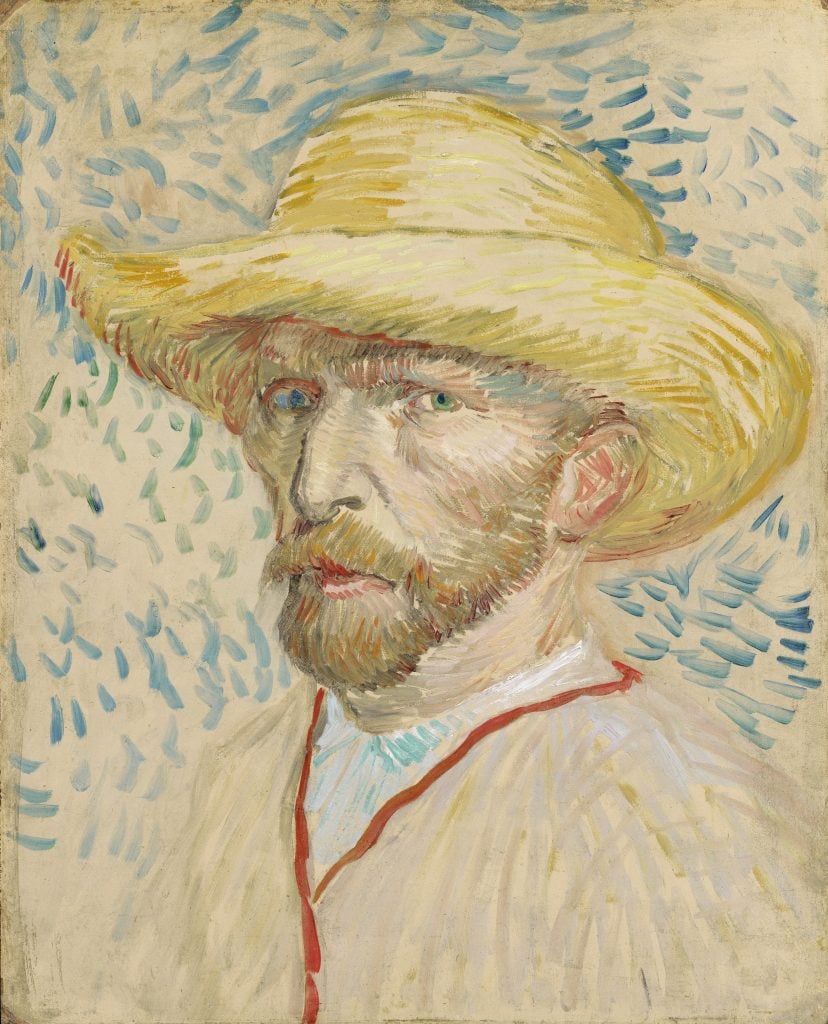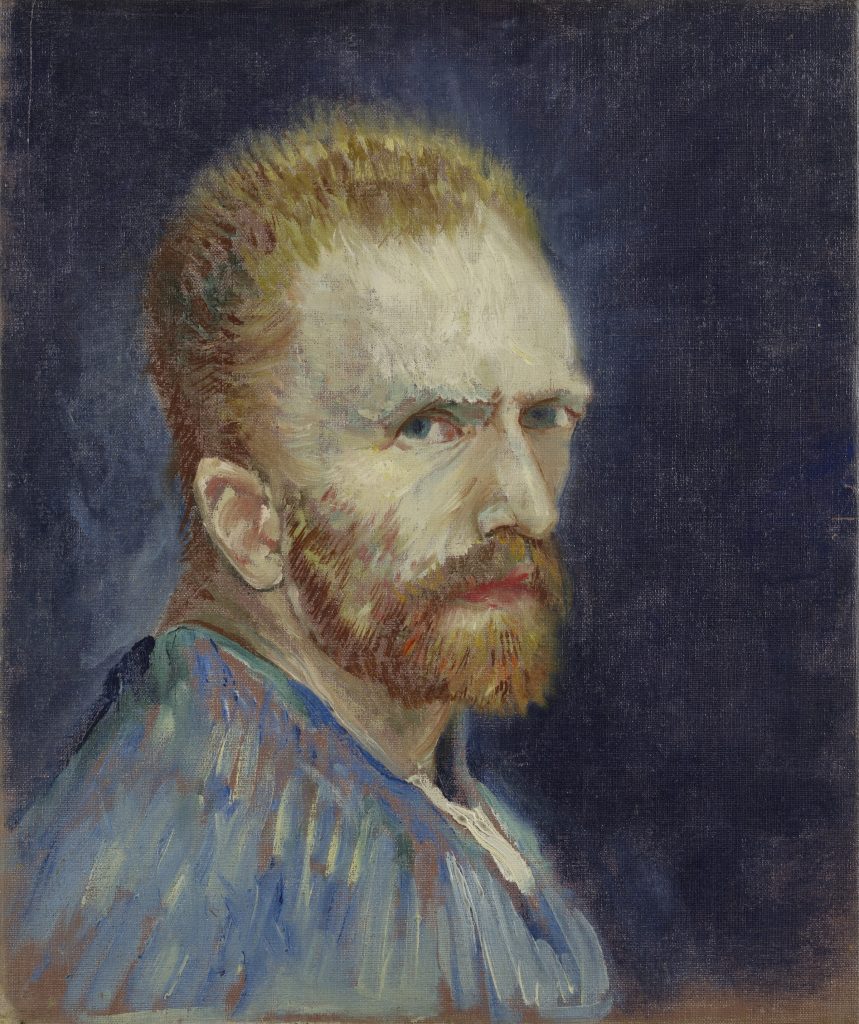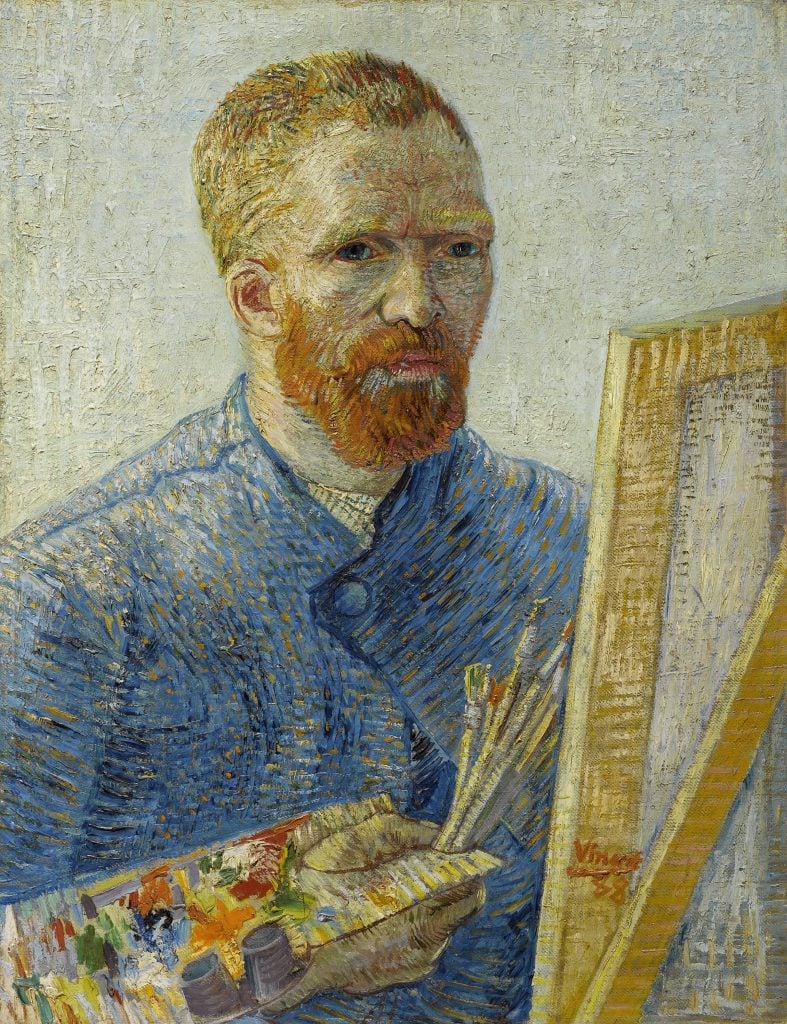https://www.christies.com/features/pre-raphaelite-works-owned-by-isabel-goldsmith-12365-3.aspx?sc_lang=en&cid=EM_EMLcontent04144C16Section_A_Story_1_0&COSID=43178591&cid=DM479932&bid=318351141
CHRISTIES
‘Yearning for a more beautiful world’: Pre-Raphaelite and Symbolist works from the collection of Isabel Goldsmith
Paintings and drawings by artists including Burne-Jones, Meteyard and De Morgan explore such themes as dreams, the afterlife and beauty, as well as literary and classical subjects
In 1897 the French artist Lucien Lévy-Dhurmer produced the beguiling pastel La bourrasque (below). Its title means ‘the squall’ or ‘the sudden gust of wind’, and it duly captures a young woman’s flowing red hair being windswept all over her face and head.
That hair also merges with the semi-abstract, crimson scene around her, as if she’s in the midst of being blown into a sprightly otherworld. Not for nothing was Lévy-Dhurmer described by the contemporary critic Gabriel Mourey as ‘the dream painter’.
La bourrasque is one of 87 works in The Isabel Goldsmith Collection: Selected Pre-Raphaelite and Symbolist Art, an online sale being held by Christie’s until 14 July.
Isabel Goldsmith’s collecting journey began several decades ago, and what unites most of the pictures she purchased is a set of core themes: beauty, loss, the mystery of hidden worlds, and the seductive power of death and sleep. These were themes that had been adopted by certain Pre-Raphaelite painters, and numerous Symbolists, around the turn of the 20th century.
Lucien Lévy-Dhurmer (1865-1953), La bourrasque, 1897. Pastel on paper. 15 x 17⅜ in (38 x 44 cm). Estimate: £100,000-150,000. Offered in The Isabel Goldsmith Collection: Selected Pre-Raphaelite and Symbolist Art until 14 July 2022 at Christie’s Online
The words of Edward Lucie-Smith in the introduction to his 1972 book, Symbolist Art, could apply to many of the works being offered: ‘Behind the shapes and colours to be found on the picture-surface, there is always something else, another realm, another order of meaning.’
What the viewer sees, in other words, are simply symbols for something more profound.
Where Lévy-Dhurmer was a Symbolist, England’s Sidney Meteyard — the painter of the sale’s top lot, The Return of Orpheus (below) — worked in a style that might be called late Pre-Raphaelite (more on the connection between the two movements shortly). Like his mentor, Edward Burne-Jones, Meteyard worked as a designer of stained glass in addition to painting.
Sidney Harold Meteyard (1868-1947), The Return of Orpheus. Oil on canvas. 40½ x 18 in (103 x 45.8 cm). Estimate: £200,000-300,000. Offered in The Isabel Goldsmith Collection: Selected Pre-Raphaelite and Symbolist Art until 14 July 2022 at Christie’s Online
Exhibited at the Royal Academy in London in 1907 (and probably painted earlier that same year), The Return of Orpheus shows a strength of colour that is on a par with stained glass, above all in its subject’s strikingly blue tunic and sandals.
Orpheus sits on a rock at the entrance to the underworld, wearing a deep and complex expression. The fading leaves on the vegetation around him reflect the fact that he has just failed in a quest to rescue his late wife Eurydice from the world of the dead.
Burne-Jones, who is represented in the sale by seven works, was in many ways the bridge between the Pre-Raphaelites and Symbolists. He was the key figure in the former movement’s second generation, making his name in the 1870s, more than two decades after the likes of William Holman Hunt, John Everett Millais and Dante Gabriel Rossetti had founded the Pre-Raphaelite Brotherhood in 1848.
Where his predecessors had, broadly speaking, sought to emulate the art of medieval times — with its luminous colour, minute attention to detail, and moralising or religious subject matter — Burne-Jones helped take Pre-Raphaelite art in a more romantic direction.
As he said himself, ‘I mean, by a picture, a beautiful romantic dream of something that never was, that never will be — in a light better than any light that ever shone, in a land no one can define or remember, only desire.’
Sir Edward Coley Burne-Jones, Bt., A.R.A., R.W.S. (1833-1898), Luna. Coloured chalks and watercolour on blue ground with gold and silver. 12⅝ x 8⅞ in (32.1 x 22.5 cm). Estimate: £70,000-100,000. Offered in The Isabel Goldsmith Collection: Selected Pre-Raphaelite and Symbolist Art until 14 July 2022 at Christie’s Online
Burne-Jones drew less on the Bible for inspiration than on Arthurian legend, classical myth and, most crucially, his own imagination. As would be the case with the Symbolists who came after him, his scenes were evocative rather than descriptive, laying importance on symbols rather than representation.
For example, in Burne-Jones’s 1895 drawing Luna (above), the eponymous Roman goddess of the moon is captured guarding the night sky. She soars high above a mountain range, kneeling within a crescent moon whose light serves as a beacon of solace and hope in the darkness.
Starting out in France before spreading through other European countries, the Symbolist movement had numerous roots. These ranged from the poet Charles Baudelaire to the philosopher Emanuel Swedenborg. Burne-Jones was another significant influence, particularly in the wake of a successful showing of his work at the Exposition Universelle in Paris in 1889, where he won the exhibition’s Légion d’honneur award.
The Belgian Symbolist Fernand Khnopff was a fan, and he and the Englishman ended up becoming close friends. Khnopff’s repeated engagement with the Greek myth of Medusa is thought to have been inspired by Burne-Jones’s own depiction of it, in his famous but never-completed Perseus cycle.
Fernand Khnopff (1858-1921), La Médusa endormie, circa 1896. Pencil and pastel on paper. 11⅝ x 5⅛ in (29.2 x 13 cm). Estimate: £200,000-300,000. Offered in The Isabel Goldsmith Collection: Selected Pre-Raphaelite and Symbolist Art until 14 July 2022 at Christie’s Online
One of the Belgian’s Medusa works, La Médusa endormie (above), from around 1896, is included in the current sale. It depicts her as a sleeping, birdlike figure, an idiosyncratic composite of the winged Hypnos with the titular gorgon. Given that sleep is the portal to dreams, for the Symbolists it pointed towards another realm, where truer meaning lies.
Born and raised in Paris, Isabel Goldsmith settled in London as a young woman. Part of the allure of England for her was the wealth of Pre-Raphaelite imagery that she could see there. Goldsmith’s choice of pictures from both sides of the English Channel was in keeping with her background.
George Frederic Watts, O.M., R.A. (1817-1904), The Open Door. Oil on canvas. 18 x 10 in (45.7 x 25 cm). Estimate: £10,000-15,000. Offered in The Isabel Goldsmith Collection: Selected Pre-Raphaelite and Symbolist Art until 14 July 2022 at Christie’s Online
It’s sometimes said that the Pre-Raphaelites and Symbolists ventured into other worlds pictorially because they disliked the increasingly capitalist and materialist nature of the world they inhabited. (The third and final volume of Marx’s Das Kapital was published in 1894, a matter of months before many of the images under consideration here were created.)
A discussion of socio-economic context is perhaps one for elsewhere. What can be said, however, from a purely artistic point of view, is that painters from the two movements believed that art should reflect an idea, emotion or quality — rather than represent the world in a quasi-scientific manner, as the Realists, Impressionists and others did.
Sign up today
Christie’s Online Magazine delivers our best features, videos, and auction news to your inbox every week
A fine manifestation of this is The Open Door, a painting from 1892 by George Frederic Watts. It captures the flight of a butterfly from one room to another — or ‘from the known to the unknown’, as Goldsmith herself puts it. ‘This has special resonance for me,’ she adds, ‘as life is so full of mystery.’

.jpg?mode=max?w=780)
.jpg?mode=max?w=780)
.jpg?mode=max?w=780)
.jpg?mode=max?w=780)
.jpg?mode=max?w=780)



